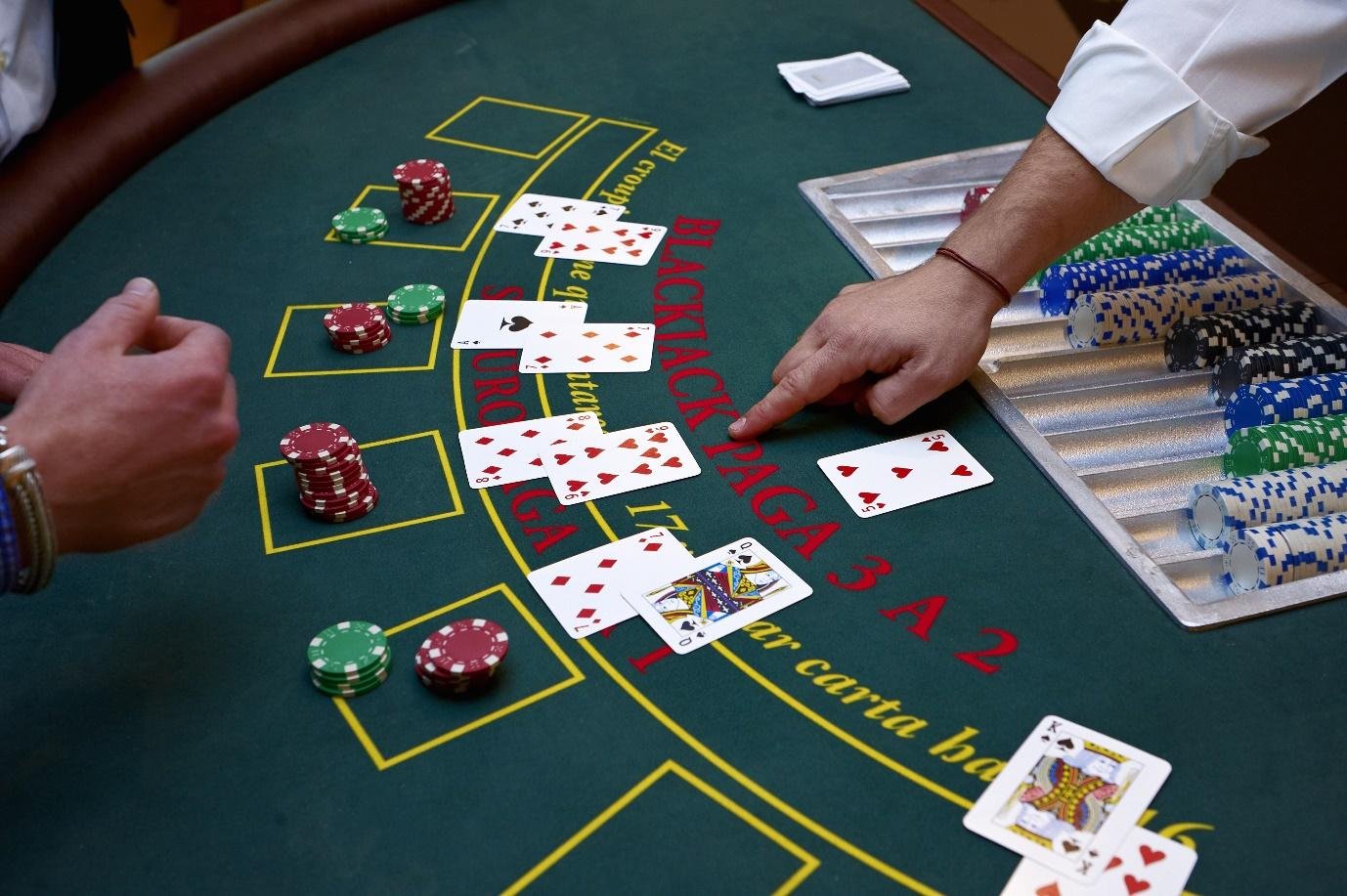
Blackjack and its variants
Blackjack is a centuries-old card game that has remained popular over the subsequent years. Originating from Spain in the early 17th century, under the name twenty-one or vingt-un, the game rose to prominence in France before spreading across Europe and to the United States, where it developed into blackjack in the early 19th century.
Despite the numerous variants, some general rules still apply. For example, all forms of the game will have a banker and all players will receive their cards face-down. The aim is to reach, or get as close to 21 points as possible, based on the card values dealt – whether that’s with the initial two, or with any additional cards. Here we will take a look at the many variations of the long-standing popular game.
Vingt-un

The French version of the game originated in the early 1800s and is played with a French-suited pack of 52 cards. The ace scores one or 11 points, at the player’s discretion, while face cards are 10 points and all other cards are their nominal value. Once the banker has shuffled and dealt the cards to each player, they decide if they want to ‘keep’ them or ‘card’ (receive an additional card).
Once a player sticks or goes bust, play moves to the next player. Should a player go bust, their stake is given to the banker; however, if the banker goes bust, he pays each surviving player his stake. If the banker sticks, the cards are laid down and he pays any player with more points than himself and those with fewer points have to pay the banker their stake.
If a player scores 21 straight away, it is known as an ‘immediate 21’ and the player receives double their stake – unless the banker also has 21, in which case no money is exchanged. But if the banker scores an immediate 21, all players must pay the banker double his stake.
Siebzehn und Vier

The German variation actually translates as ‘seventeen and four’ and can be played with one or two packs of German-suited cards. The cards are ranked from ace down to seven with the following values: ace 11, ten 10, king 2, queen or jack 1, nine 9, eight 8 and seven 7.
The banker then places a stake and deals each player just one card each, face down. Each player then takes it turns to decide whether to ‘buy’ a card or ‘stay put’. If a player goes bust, he is ‘dead’ and has to pay his stake to the banker; play then continues to the next player until everyone (including the banker) has played.
If a player scores 21 in their first two cards, they are paid double their stake; two aces (although totalling 22) counts as 21. Players who equal or score fewer than the banker’s score, pay the banker. If the banker scores 21 from his first two cards, he receives double the stake from all players, regardless of what cards they have.
Pontoon

Pontoon is the British variant of twenty-one and is played with a single deck of French playing cards. The game begins with the banker dealing each player one card face down, but players are permitted to look at their card (but the banker may not look at his). A round of betting is made and each player then receives a second card.
If the banker does not have a pontoon (21 points), then play moves to each of the players who have the following options: declare a pontoon; split the cards (if both cards are equal in rank they may be split and the banker then deals another pair of cards, which may in turn be split if they are equal values); buy a card (if the value of your cards is less than 21, you can increase a stake and be dealt another card); twist (receive another card); or stick.
If a player reaches 21 or less with five cards, they must stick as this is known as a ‘five-card trick’ and the player cannot be dealt any further cards.
When all players have had their turn, it’s down to the banker. If the banker goes bust, he pays all players who have not gone bust, but players with a pontoon or five-card trick receive double his stake.
If the banker stays on 21 or less with four or fewer cards, he pays all players with a higher value, while those with lower values, pay the banker. Once again pontoons and five-card tricks are paid double. If the dealer makes a five-card trick however, he only pays pontoons, who receive double their stake, while everyone else loses double their stake.
Blackjack

In the American variant of twenty-one, players play against the banker, rather than against each other.
It is played with one or more French deck of cards and each player is dealt two cards face down, while the banker receives one card face up and the other, face down. The values are the same as in vingt-un.
After receiving their cards, players take it in turns and have the following four options to choose from: hit (take another card), stand (also known as stick), double down (players can increase their bet 100% to accept another card and then immediately stick) or split.
Once all players have completed their hands, it’s down to the banker, but the banker’s hand isn’t completed should all players have blackjack, or go bust. The banker then reveals his hidden card and must hit until he reaches 17 or more points. Players then win by not going bust and beating the banker; not going bust but the banker going bust; or getting blackjack. If any player and the banker have the same total (excluding blackjack), then no money is exchanged and this is called a ‘push’. Otherwise, the banker wins.




